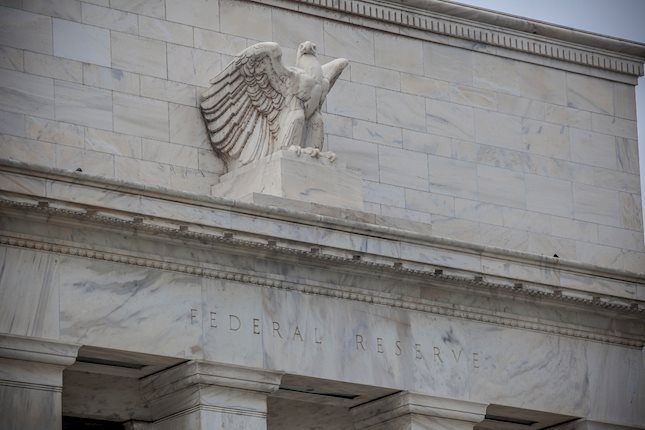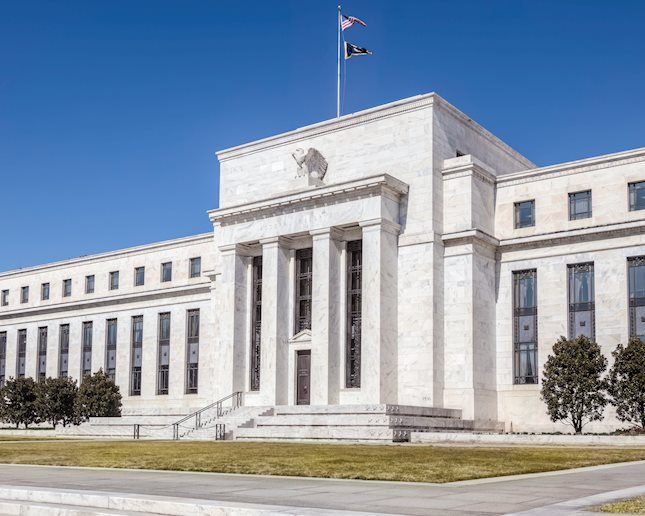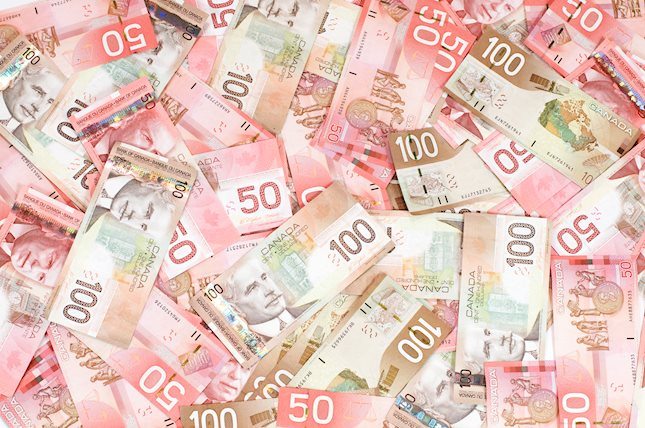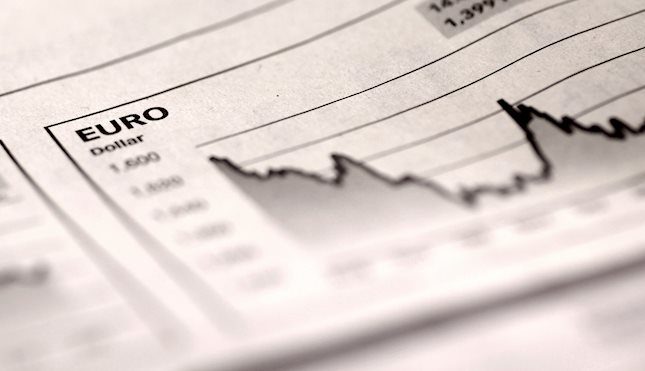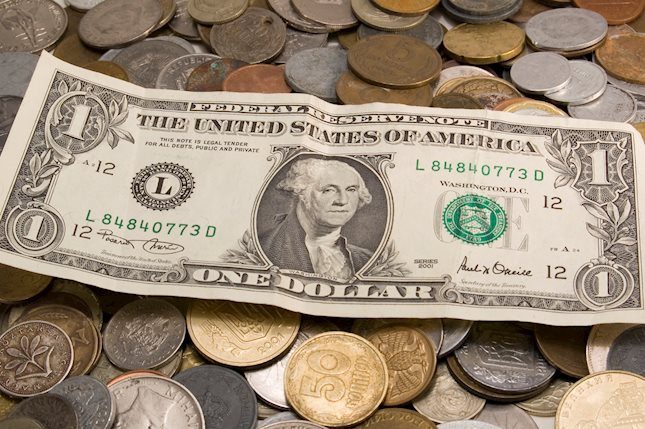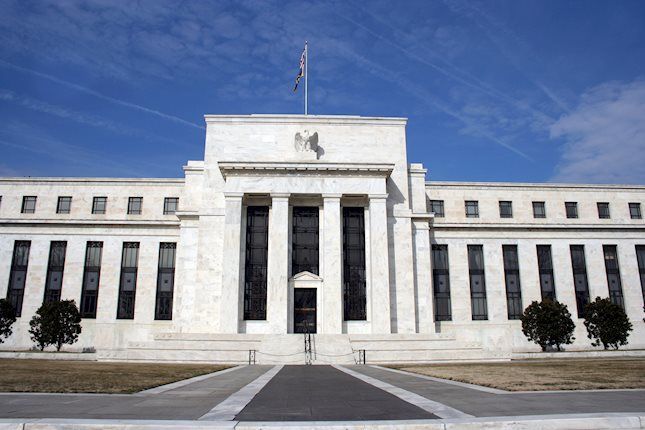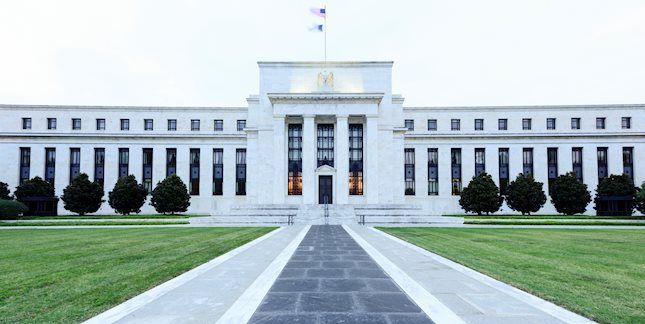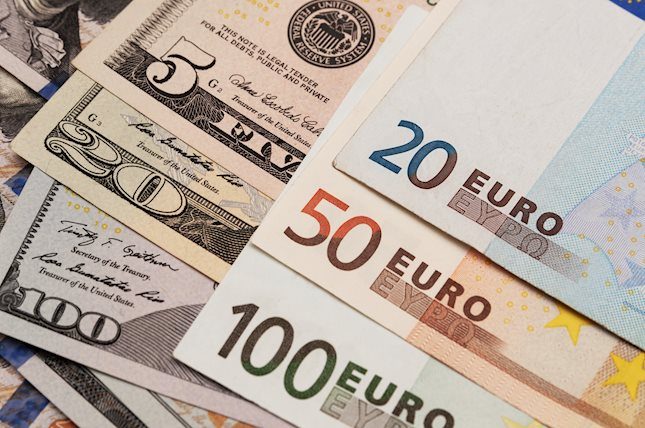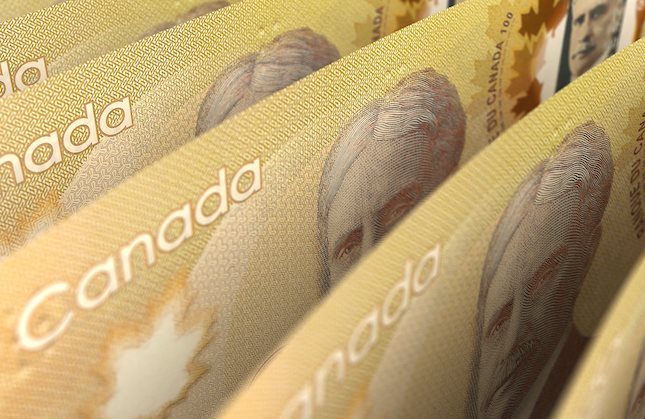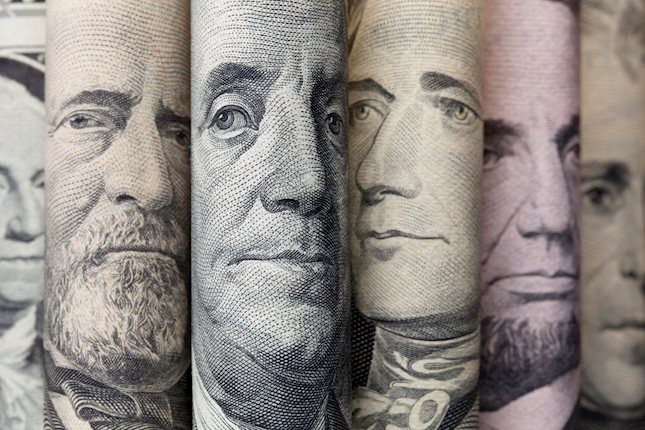USD/INR remains firm as rising US Dollar demand drags Indian Rupee to near record low
- The Indian Rupee weakens near an all-time low in Thursday’s early European session.
- A stronger USD, lacklustre sentiment in domestic equity markets, and sustained outflow of foreign funds weigh on the INR.
- Investors await the Fedspeak on Thursday for a fresh impetus.
The Indian Rupee (INR) declines to near a fresh all-time low on Thursday. The local currency remains under pressure on the back of a stronger US Dollar (USD) and higher crude oil prices. Slowing economic growth and foreign outflows from stocks also undermine the INR.
On the other hand, the Reserve Bank of India (RBI) is likely to sell the USD to limit the INR’s losses. Investors will keep an eye on the Fedspeak on Thursday for more cues about the US interest rate outlook this year. On Friday, the attention will shift to the US employment data for December, including the Nonfarm Payrolls (NFP), Unemployment Rate and Average Hourly Earnings.
Indian Rupee faces pressure amid a firmer USD and concerns over India's slowing economic growth
- The Indian Rupee is likely to weaken to 86.8 per dollar this quarter, according to MUFG, while Citigroup Inc. expects it to fall to 86.35. USD/INR fell 0.2% to a new record closing low of 85.8550 on Wednesday.
- India's economic growth rate is estimated to slip to a four-year low of 6.4% in FY25, down from 8.2% in FY24.
- The FOMC minutes from the Fed's December 17-18 meeting showed policymakers agreed inflation was likely to continue slowing this year but also saw a rising risk that price pressures could remain sticky due to the potential effect of Donald Trump's policies.
- The US weekly Initial Jobless Claims for the week ending January 4 declined to 201K from the previous week's print of 211K, according to the US Department of Labor (DOL) on Wednesday. This reading came in better than the market expectation of 218K.
- Fed Governor Christopher Waller said on Wednesday that inflation should continue falling in 2025 and allow the US central bank to further cut interest rates, though at an uncertain pace, per Reuters.
USD/INR maintains its positive view, but an overbought RSI warrants caution for bulls
The Indian Rupee trades in negative territory on the day. The strong bullish outlook of the USD/INR pair remains intact as the pair is well-supported above the key 100-day Exponential Moving Average (EMA) on the daily timeframe.
Nonetheless, the 14-day Relative Strength Index (RSI) moves beyond the 70.00 mark, warranting some caution for bulls. The overbought condition suggests that further consolidation cannot be ruled out before positioning for any near-term USD/INR appreciation.
The crucial resistance level for USD/INR emerges at the 85.95-86.00 zone, representing the all-time high and the psychological mark. A decisive break above this level could see a rally to 86.50.
On the flip side, the initial support level for the pair is seen at 85.65, the low of January 7. A breach of the mentioned level could drag the pair lower to the next downside target at 84.51, the 100-day EMA.
Due to the importance of trade to the economy, the Reserve Bank of India (RBI) actively intervenes in FX markets to maintain the exchange rate within a limited range. It does this to ensure Indian importers and exporters are not exposed to unnecessary currency risk during periods of FX volatility. The RBI buys and sells Rupees in the spot market at key levels, and uses derivatives to hedge its positions.
Indian economy FAQs
The Indian economy has averaged a growth rate of 6.13% between 2006 and 2023, which makes it one of the fastest growing in the world. India’s high growth has attracted a lot of foreign investment. This includes Foreign Direct Investment (FDI) into physical projects and Foreign Indirect Investment (FII) by foreign funds into Indian financial markets. The greater the level of investment, the higher the demand for the Rupee (INR). Fluctuations in Dollar-demand from Indian importers also impact INR.
India has to import a great deal of its Oil and gasoline so the price of Oil can have a direct impact on the Rupee. Oil is mostly traded in US Dollars (USD) on international markets so if the price of Oil rises, aggregate demand for USD increases and Indian importers have to sell more Rupees to meet that demand, which is depreciative for the Rupee.
Inflation has a complex effect on the Rupee. Ultimately it indicates an increase in money supply which reduces the Rupee’s overall value. Yet if it rises above the Reserve Bank of India’s (RBI) 4% target, the RBI will raise interest rates to bring it down by reducing credit. Higher interest rates, especially real rates (the difference between interest rates and inflation) strengthen the Rupee. They make India a more profitable place for international investors to park their money. A fall in inflation can be supportive of the Rupee. At the same time lower interest rates can have a depreciatory effect on the Rupee.
India has run a trade deficit for most of its recent history, indicating its imports outweigh its exports. Since the majority of international trade takes place in US Dollars, there are times – due to seasonal demand or order glut – where the high volume of imports leads to significant US Dollar- demand. During these periods the Rupee can weaken as it is heavily sold to meet the demand for Dollars. When markets experience increased volatility, the demand for US Dollars can also shoot up with a similarly negative effect on the Rupee.
Forex News
Keep up with the financial markets, know what's happening and what is affecting the markets with our latest market updates. Analyze market movers, trends and build your trading strategies accordingly.



